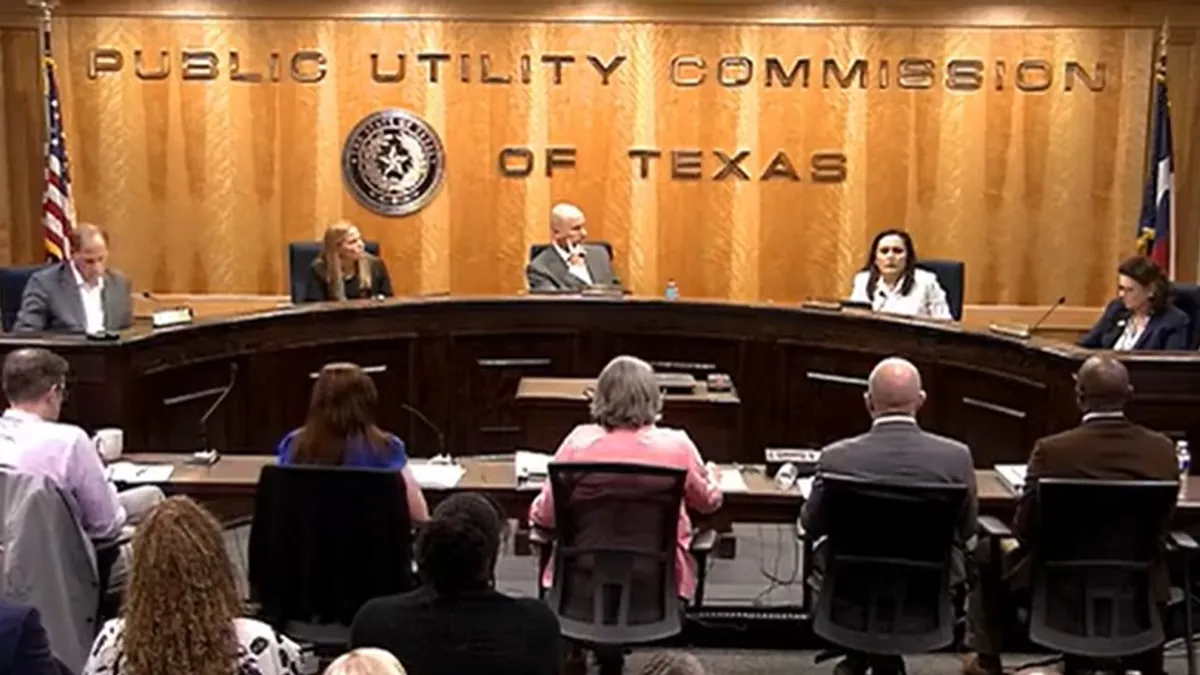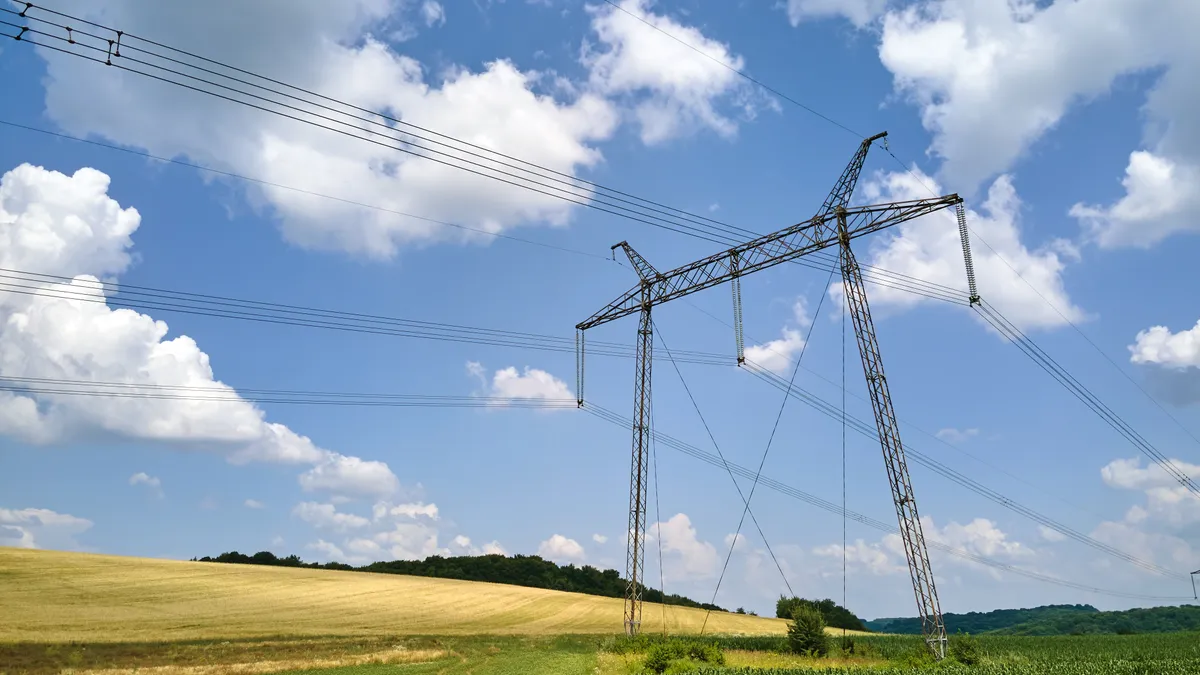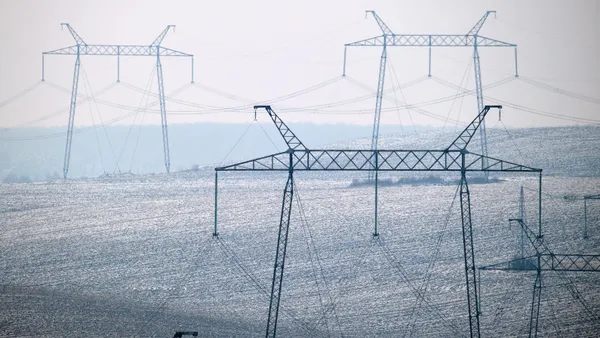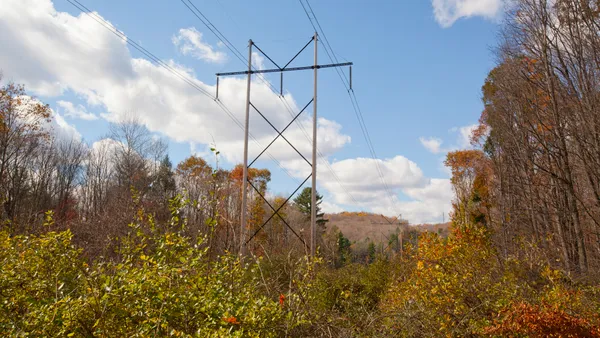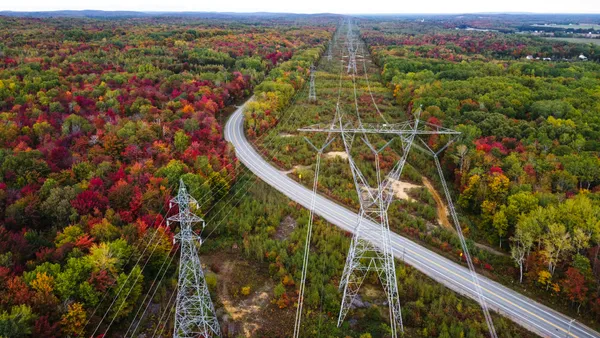Leasing contracts that CenterPoint Energy signed for a fleet of mobile generators, at a cost of $800 million, cannot be canceled, company officials told the Public Utility Commission of Texas on Thursday — prompting regulators to say the company needs to consider subleasing or other options.
The utility has come under fire for its acquisition of large mobile generators following Winter Storm Uri in 2021. The controversy is focused on 15 32-MW generators and five 5-MW generators CenterPoint leased from Life Cycle Power, and why none of the larger generators were deployed after Hurricane Beryl last month.
Beryl hit Texas as a Category 1 hurricane on July 8 and left almost 2.3 million CenterPoint customers around Houston without power, some for more than a week.
The 32-MW generators require a crane to assemble and have never been deployed, CenterPoint executive vice president Jason Ryan told regulators at the PUCT’s open meeting. They are intended primarily to address load shedding events.
“We’re not likely to ever use every asset in our fleet of temporary emergency generation during each one event, just like you don't use every tool in your toolbox at home to do a project, but you need all of the tools,” Ryan said.
CenterPoint did deploy generators smaller than 32 MW, including about a dozen it acquired through mutual assistance with other utilities. The smaller generators ran for about 3,000 hours during Beryl recovery and “definitely made a a difference in the lives of those people that were served by these assets,” Ryan said.
He added that the Houston service area has “unique characteristics” that explain the fleet of generation assets CenterPoint acquired. The utility serves the “largest petrochemical complex on the planet ... and we do not rotate outages to those large industrial customers for public safety and other reasons. So when we have to shed 5,000 MW of load, that burden falls completely on residential and small commercial customers.”
CenterPoint’s lease of the mobile generation ends in 2029, Ryan said, around the time new generation developed with incentives from the Texas Energy Fund will start to come online.
“It's our hope that we won't need the same size of large assets that we currently have” after 2029, Ryan said.
But regulators pushed back. Commissioner Lori Cobos said CenterPoint discusses the mobile generation in terms of load shed but when the utility made its case to state legislators it focused on storm recovery as well.
“I feel like there's a lot of talking out of both sides of your mouth on this issue, doing little dances, pointing to different facts to justify your decision,” Cobos said.
Cobos also seized on CenterPoint’s inability to cancel the leases, following the PUC’s determination last year that the expenses were prudent.
“I personally have never heard of a contract I can't terminate,” Cobos said. “You entered into a contract you can’t terminate unless there's vendor non-performance. And of course, these largest units haven't been run ... may not ever be run, so we don't even know they'll not perform. So it just seems like we're in this circular place.”
“It is odd there is no way for you to terminate” the lease, Commissioner Courtney Hjaltman said. “If you can go back and renegotiate, I think you should look at what options are available. See if subleasing [the mobile units] to others is available. I think you need to have those options ready to present to the commission and the legislature most likely, as well.”
The Texas Energy Fund mentioned by Ryan will provide low-interest loans for the development of mostly gas-fired generation projects. Voters authorized the TEF in November and the state’s legislature appropriated $5 billion for the program.
The PUCT has received 72 applications seeking more than $24 billion in funding for projects representing over 38,000 MW of potential new generation, according to an Aug. 8 memorandum filed by commission staff. At the commission’s next open meeting, on Aug. 29, staff will present a portfolio of recommended applications.
The portfolio will focus on five major considerations, staff said: diversity among applicant types; diversity in siting locations; how quickly projects can be brought to market; the ability for projects to relieve transmission constraints; and the diversity of generation resource types.



